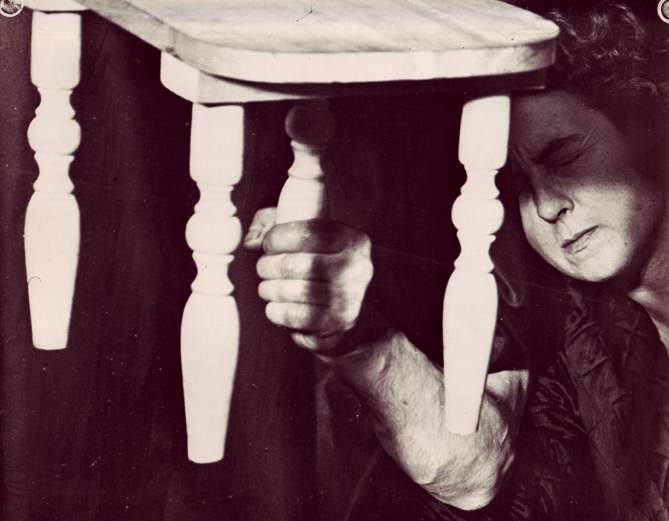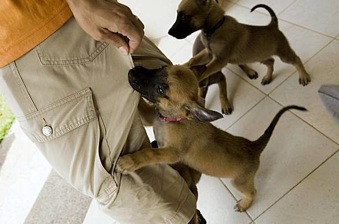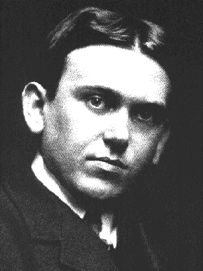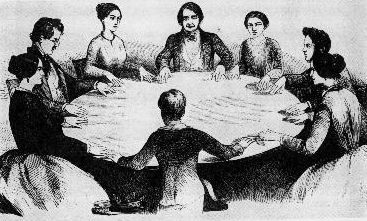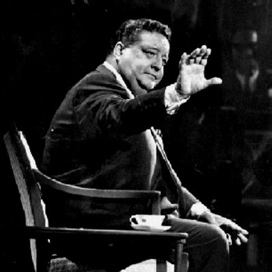
Jackie Gleason was a serious student of the paranormal, it turns out. J. B. Rhine and Eileen Garrett, while being charmed by him, had mixed feelings about his involvement. Gleason was wooing Rhine about doing a show about ESP. “It will be a show consisting of a panel of experts such as yourself with a scientific background to discuss intelligently the pros and cons of psychic phenomena and extra-sensory perception …”
Rhine was friendly, but cautious, and he didn’t jump on the opportunity Gleason offered. Gleason reached out to Garrett. She conducted a sitting with him, but it wasn’t productive. “He hasn’t called since,” she wrote Rhine, but “Mr Gleason did speak of you warmly and told me rather emphatically that he hoped to produce a radio show for ESP in the spring.” (This was 1954.) “‘In this,’ said he, ‘I will of course be guided by Dr. Rhine,’ but he made the remark with gentleness and dignity. I think Mr. Gleason, however he loves publicity, is in his heart a child who needs the glitter and make-up for something that he doesn’t possess which may be peace of mind.”
A very curious assessment of Gleason. Nothing ever came of it in the end. “The last I heard about Jackie Gleason,” Rhine wrote a friend, “he was on his way to Rome to visit the Pope. I haven’t heard anything more about his ESP program for a long time. I think he probably found out that it was pretty complicated.”
Hey, I just noticed in another letter discussing Gleason Rhine mentions that Carl Betz stopped by the lab. Betz was an actor who played the father in The Donna Reed Show. “He is still chasing around the occult centers,” Rhine writes about Betz. “He brought with him an Indian professor who is interested in our field.”
I grew up watching these shows. It’s just funny. You see another side to these people. What a fun place the lab must have been though, with drop-ins like this.

